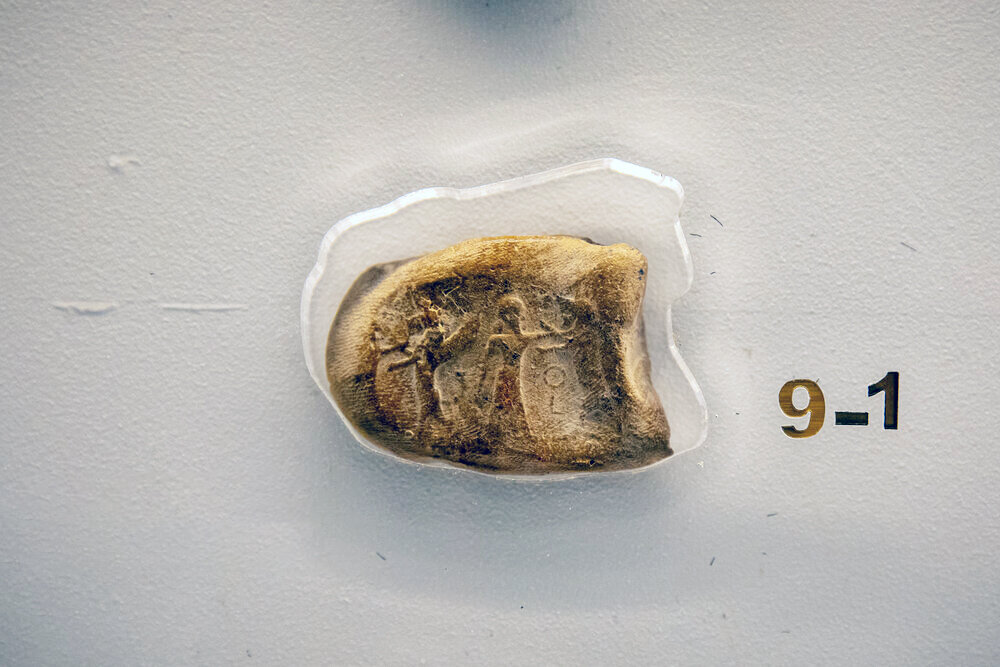Museum chief sheds light on showcased Achaemenid tablets recently repatriated from U.S.

TEHRAN - Jebrael Nokandeh, director of the National Museum of Iran, has provided detailed insights into the 30 recently repatriated Achaemenid tablets currently on display at the prestigious museum.
These clay tablets, part of a larger collection of 1,100 pieces, have recently been returned from the Institute for the Study of Ancient Cultures at the University of Chicago. They date back to the reign of Darius the Great (509–493 BC).
According to Nokandeh, these tablets, which feature seal impressions but no text, were likely used alongside inscribed tablets without seal impressions.
He described how the tablets were often linked by a string through a hole, possibly serving as substitutes for original seals in administrative offices.
“They were often linked together with a string through a single hole, possibly as substitutes for original seals in busy offices.
The seal impressions on the tablets provide a fascinating glimpse into Achaemenid art and culture.
Nokandeh also described how many seals depict heroic encounters, ritualistic scenes, and celestial symbolism.
“The seal impressions on the tablets depict heroic encounters, ritualistic processes, and symbolic representations.”
Heroic figures dressed in elaborate garments face mythical creatures such as bulls, winged lions, and scorpion-tailed entities. These depictions emphasize themes of strength and valor, with celestial elements like stars and crescent moons adding to the mythological context, he explained.
In addition to heroic scenes, the seals often portray ritualistic processes. Figures are shown in processions, offering items to sacred structures, accompanied by attendants in distinctive attire. The inclusion of symbols such as flowers and stylized plants suggests themes of fertility and a connection to the divine, according to Nokandeh.
These seals reveal a complex visual language that reflects the cultural values and beliefs of the Achaemenids.
“The combination of heroic, ritualistic, and celestial imagery forms a multi-layered visual language that invites viewers to explore the stories and meanings within each scene,” Nokandeh said, emphasizing their importance in understanding the ancient empire’s social and religious practices.
“These seals serve as important artifacts that connect us to the past and illuminate the cultural heritage of the Achaemenids.”
The exhibition, which will run until November 20, offers visitors a rare opportunity to view these remarkable artifacts and explore the stories embedded within their ancient seals.
Nokandeh concluded by underscoring the significance of these pieces in connecting modern-day Iran to its rich Achaemenid heritage.
The clay documents were originally discovered in 1933 during archaeological excavations in Persepolis , led by a team from the University of Chicago’s Oriental Institute. In 1935, under an agreement between Iran and the Oriental Institute, the tablets were sent to the U.S. for translation and study. However, the process of returning the tablets has been ongoing for decades.
AM
Leave a Comment